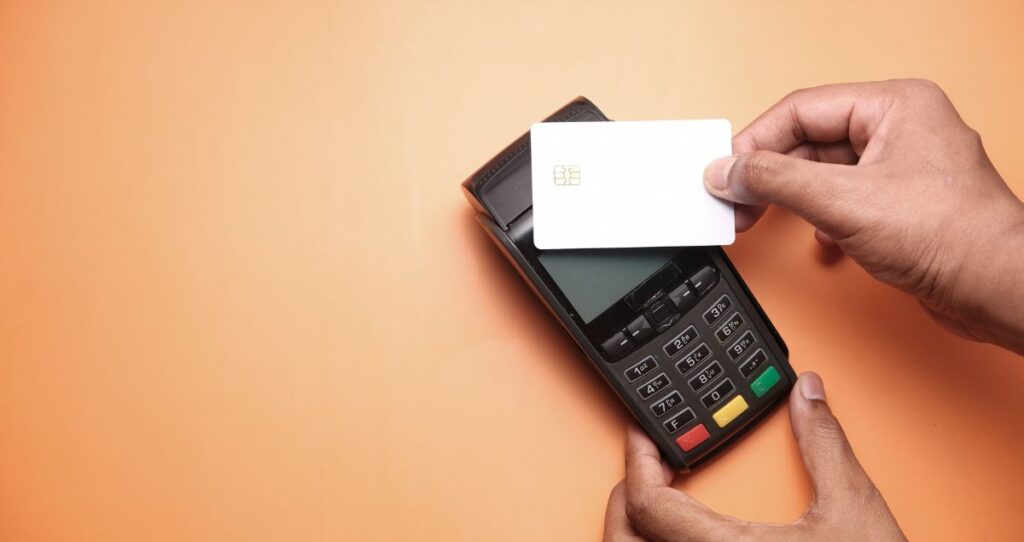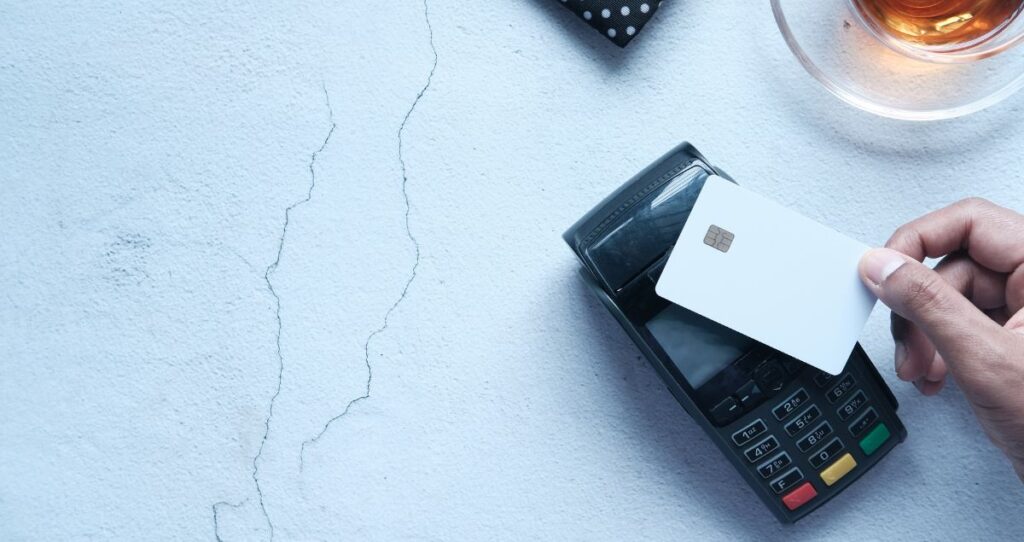Learn what the best credit utilization on your credit cards is and how to lower your utilization rate no matter your current financial standing. A good credit utilization ratio is any ratio under 30%. The lower your utilization rate, the better.
As your credit utilization goes higher, your credit score goes lower. Credit card issuers will deny you credit when you have a higher credit utilization ratio. A higher percentage also leads to the accumulation of credit card debts which are some of the hardest debts to pay off.
What is the credit utilization ratio?
Your credit utilization rate is the ratio of the balance on your credit accounts to the total credit limit on your credit cards. Having a higher credit utilization shows that you are relying on debt to finance your expenses. This could be due to the lack of enough income to cover your expenses, you are not financially literate, or you are financially irresponsible.
Higher credit utilization lowers your credit score and affects the health of your credit. Having good credit utilization ensures the health of your credit, keeps your credit score higher, and increases your likelihood to qualify for new credit accounts.
What is good credit utilization on credit cards?
Since your credit utilization directly affects your credit score, you must keep your utilization rate as low as you can get it. Lenders suggest that you keep your utilization ratio under 30%.
Having a 30% or lower utilization rate shows that you are not carrying a lot of balances on your credit accounts. In other words, only 30% of your expenses are being financed by credit and the other 70% is covered by other means.
Although 30% credit utilization is considered good, it does not mean you should have that much rate on your cards. It is a good idea to keep your utilization rate as low as possible. I suggest keeping your utilization to under 10%. This is because a 10% rate is easy to pay off which prevents you from accumulating a lot of credit card debts.
In addition, when you are trying to rebuild bad credit and boost your credit score, you get results much faster by keeping your credit utilization low. For these reasons, the best credit utilization should be under 10% of your credit limit. Anything higher will further affect the health of your credit, make it harder to pay it off and prevent you from getting new credit.
How does credit utilization affect your credit score?
Credit utilization directly affects your credit score. Since there are many credit scoring models, the effect of your credit utilization on your score will depend on the model used to calculate your score.
There are two major credit scoring models used to calculate consumer credit scores. The first and most known is the FICO score model and the second is the VantageScore model. Each model applies different weight to your credit utilization ratio.
The credit utilization affects 30% of your FICO score calculation and 20% of your VantageScore calculation. The higher your credit utilization gets, the more it hurts your credit and lowers your credit score. This is why you should always keep your utilization rate as low as possible.
How to lower your credit utilization ratio?
If you have a high credit utilization, it is important that you bring it down as fast as you can. The following are tips you can implement to lower your credit utilization ratio.
- Pay off your credit balances. The best credit utilization is a direct result of lower credit balances on your accounts. In order to improve your credit utilization ratio, you need to pay off your balances. Your main goal should be to carry the lowest balance possible.
- Get a credit card with a higher credit limit. A credit card with a higher credit limit will increase your total credit and automatically lower your credit utilization.
- Get a secured credit card. If you cannot qualify for another credit card, consider having a secured credit card. Lenders do not extend credit to individuals with bad credit or near 100% credit utilization. If you fall into this category, you can apply for a secured credit card. This card will require that you deposit money before you can open a credit account.
- Apply for a credit limit increase. By default, your credit card issuer will eventually increase your credit limit as you responsibly use your credit cards. If your card issuer did not increase your credit limit, you can request a credit limit increase. Your lender will evaluate your request and approve you for more credit if you qualify. Remember that requesting more credit could result in a hard inquiry on your credit reports. Each inquiry will lower your credit score by 6 points on average.
The bottom line
A higher credit utilization will lower your credit score and hurt your credit. That is why you need to have the best credit utilization rate. It is recommended that you keep your credit utilization to under 30% at all times. the lower your utilization rate, the better. A good credit utilization helps you repair your credit, increase your credit score, and more importantly, a lower rate is easy to pay off. A higher credit utilization also shows that you rely on debt to cover your expenses. For this reason, credit card issuers and other lenders might deny you credit due to a higher credit utilization ratio.
If you have a high credit utilization, you can lower it by paying off all your balances, requesting a credit limit increase, or by getting a credit card with a higher credit limit.









